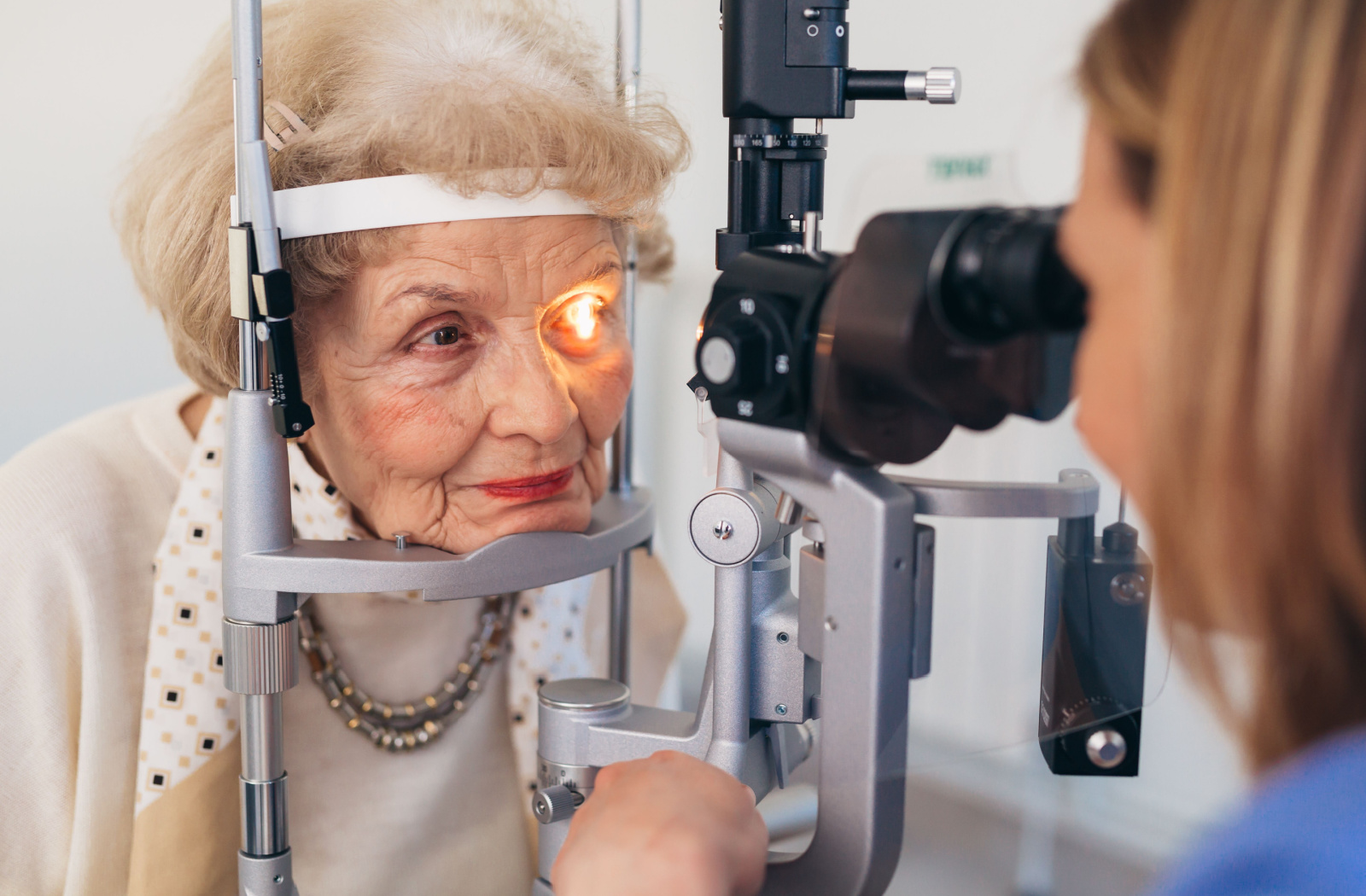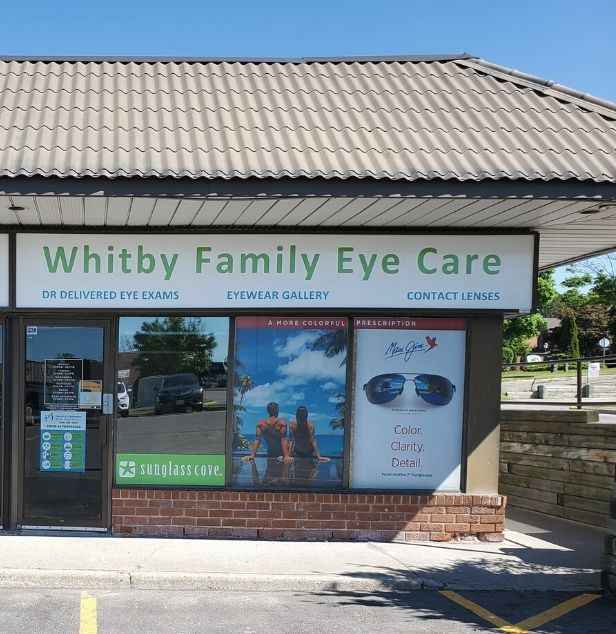Navigating life with clear vision, much like driving down a well-lit highway, is a privilege many of us take for granted. But as time ticks forward, we may eventually face the reality of our vision changing. For many, this reality is cataracts, a common eye condition that makes it hard to see the road ahead.
The first signs of cataracts are typically blurry vision, faded colours, and difficulty seeing at night. But, you don’t have to watch for the signs on your own. Regular eye exams allow your Optometrist to help you recognize your symptoms.
What Are Cataracts?
Light enters our eyes through the cornea, passing through the crystalline lens inside, before striking the layer of photo-reactive cells at the back called the retina. At the end of this process, we have an image of the world around us.
The lens bends light rays to provide clear images on the retina—similar to how an old fashioned camera lens focuses light onto the film. Cataracts are like a camera’s lens that’s fogged up.
But how does this happen? It’s actually a normal part of aging. Eventually, the proteins inside the eye’s lens break down, causing it to become cloudy. You may experience this in one or both eyes, and they can progress at different rates.
Cataract Causes & Risk Factors
The most common cause of cataracts is aging—75% of Canadians with cataracts are over 60. But that doesn’t mean it’s the only cause, and some factors can increase your chances of cataracts developing early or with greater severity.
Risk factors for cataracts include:
- Diabetes
- High blood pressure
- Chronic kidney disease
- Obesity
- Autoimmune diseases
- Smoking
- Exposure to UV light
- Certain medications, such as corticosteroids
An eye injury could also disrupt lens protein and cause cataracts, even in young people. It’s rare, but some people may even be born with cataracts due to genetics or an underlying health condition.
Watching for the First Signs of Cataracts
While cataracts may eventually lead to blindness, they don’t start there. Cataracts may start with a series of visual disturbances that are easy to write off until they start to impair your eyesight.
Recognizing these early signs allows you to tell your Optometrist about your concerns at your next eye exam.
Blurred or Cloudy Vision
Initially, cataracts may create what seems like a light haze spread across your vision, almost as if you’re peering through a steamy window. Over time, this haze grows more pronounced, leading to outright blurriness that can make reading, driving, or even recognizing familiar faces more challenging.
Sensitivity to Light
Another subtle pointer toward cataracts originates from how they can scatter light entering your eyes. You may experience more scattered light from headlights, streetlights, or sunlight, leading to discomfort and difficulty adapting to light changes.
Reduced Night Vision
Cataracts can reduce the amount of light that physically reaches your retina. While you may not notice this during the day, at night it’s a different story.
This can present in different ways, but generally, you may notice:
- Haloes around lights
- Reduced contrast
- An overall reduction in visual clarity
All of this together can make driving at night particularly perilous.
Faded Colours
A shift in how you perceive colours can be a surprising and unwelcome sign of cataracts. You may notice that once bright hues appear faded, and your world loses its vibrancy.
This can begin as colours appear a bit washed out. As your lens clouds, it may become yellow or brown, and your vision could take on a distinctly muddy tint.
Double Vision
When cataracts cause light to land on the retina incorrectly, it can cause some odd effects. Sometimes, it can make it appear like there are 2 of a single object, a condition called double vision.
What if I Suspect I Have Cataracts?
Spotting signs of cataract development is your cue to see your Optometrist. We have diagnostic tools that allow us to peer into your eye and examine the lens directly. Early detection and treatment of cataracts can greatly improve the outcome.
At first, cataracts may only cause mild vision problems that we can correct with glasses or contact lenses. If cataracts affect your daily life, we may recommend lens replacement surgery. This is a common and effective treatment, where a surgeon removes the cloudy lens and replaces it with an artificial lens to help restore clear vision.
Cataract Prevention
While not every risk factor can be mitigated, adopting a series of proactive lifestyle changes could delay cataract formation, including:
- Quitting smoking: Smoking has a multitude of health risks, including increasing your chance of developing cataracts.
- Wear sunglasses: Wear sunglasses that block 100% of UV rays anytime you’re outside during the day. Even in winter, the sun can bounce off snow and give you a double dose of UV radiation.
- Eat healthy: Add eye-healthy antioxidant-rich foods to your meals. Depending on your tastes, try kale, beans, berries, leafy greens, citrus fruits, lean proteins, and whole grains.
- Exercise regularly: Getting on your feet for at least 150 minutes a week can help reduce oxidative stress in the eyes and lower your cataract risk.
- Get regular eye exams: Most Optometrists recommend adults get an eye health exam every year, especially those over 50. If you’re more at risk for cataracts, for example if you have diabetes, you should see your Optometrist every year to help identify any potential vision problems early.

Helping You See Beyond Cataracts
Keeping an eye out for the first sign of a cataract is an important part of safeguarding your visual health. As with most health concerns, early detection is key. Regular eye exams, healthy lifestyle habits, and prompt intervention can help you maintain clear vision well into your golden years.
If you notice your vision dimming and you’re worried it’s cataracts, or it’s simply been a while since you’ve stopped by, book your eye exam at Whitby Family Eye Care.







